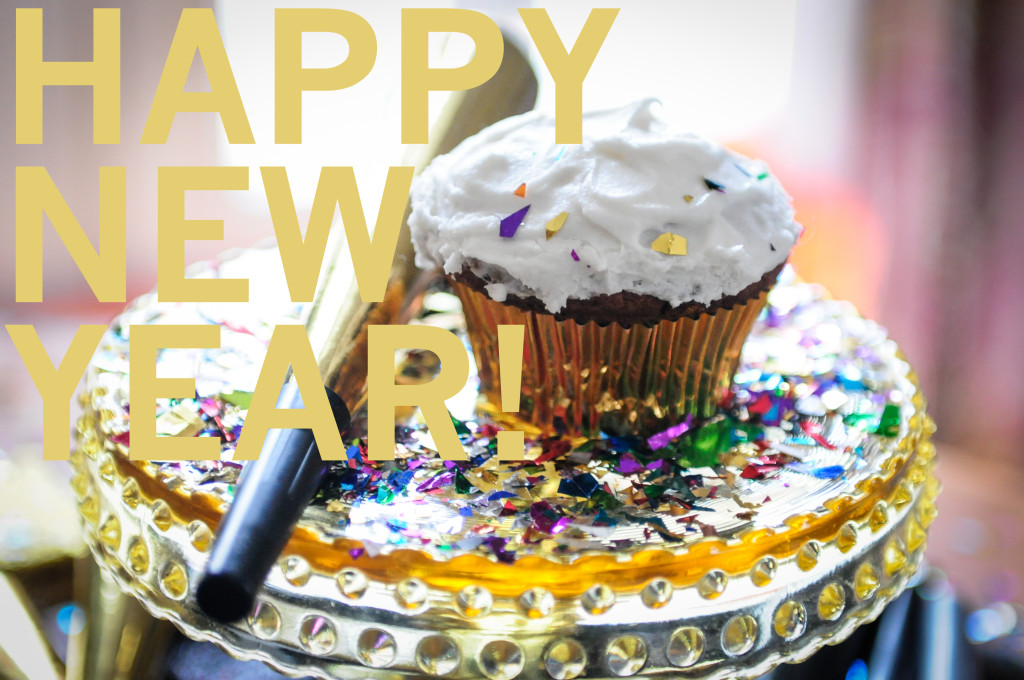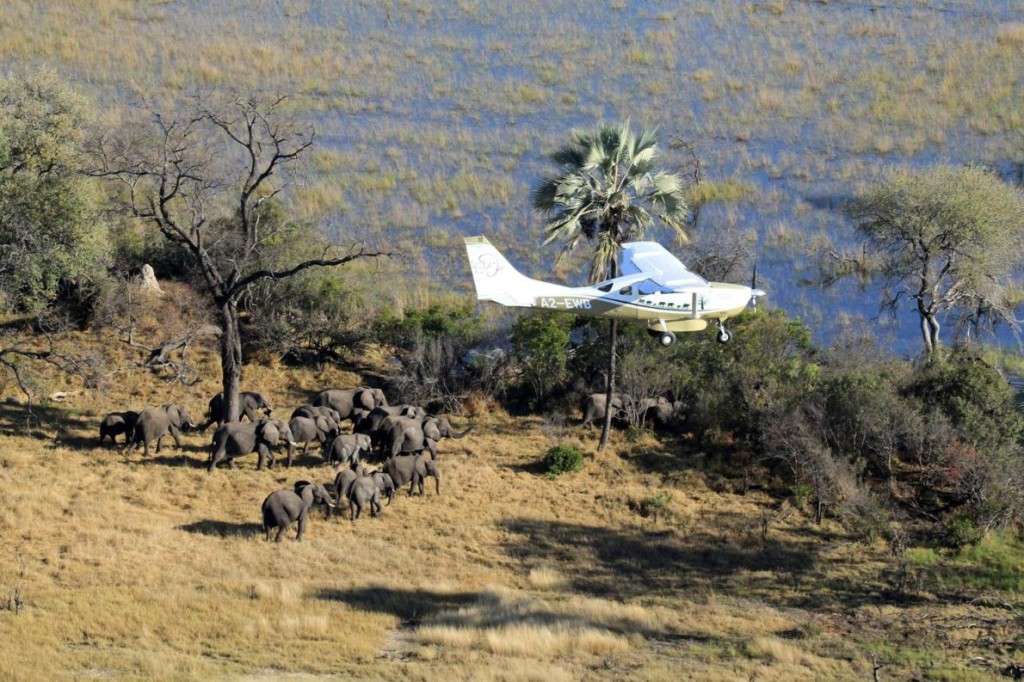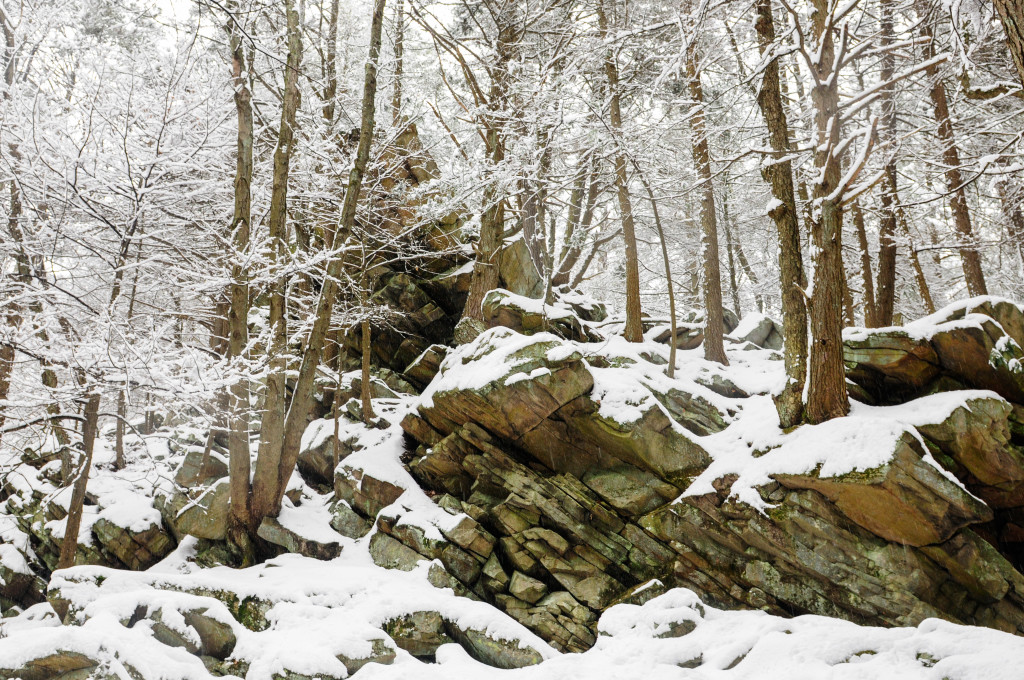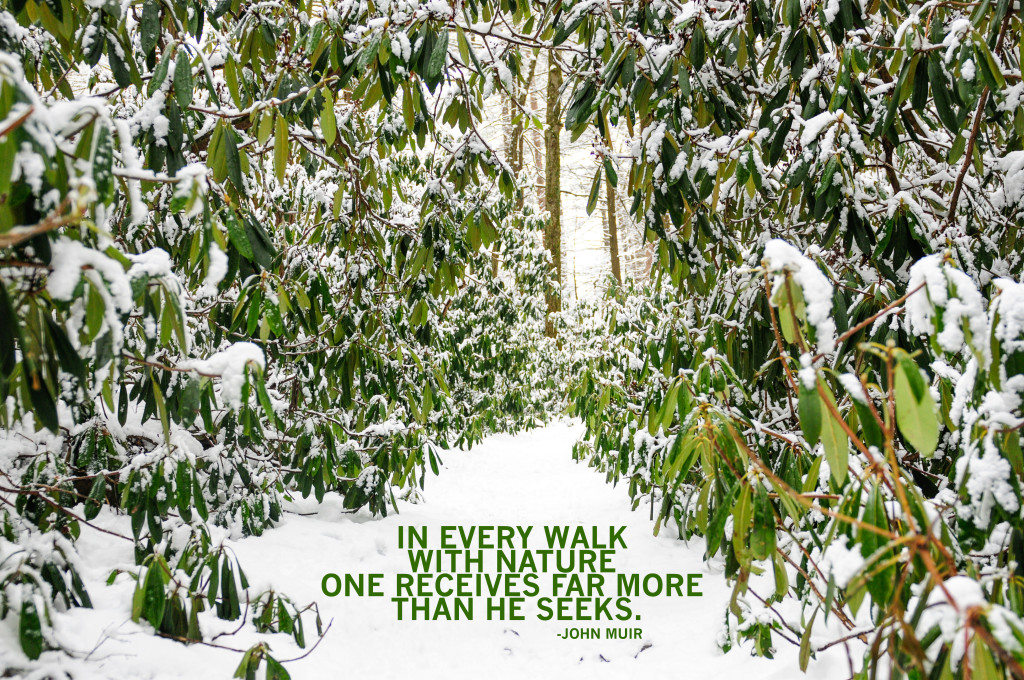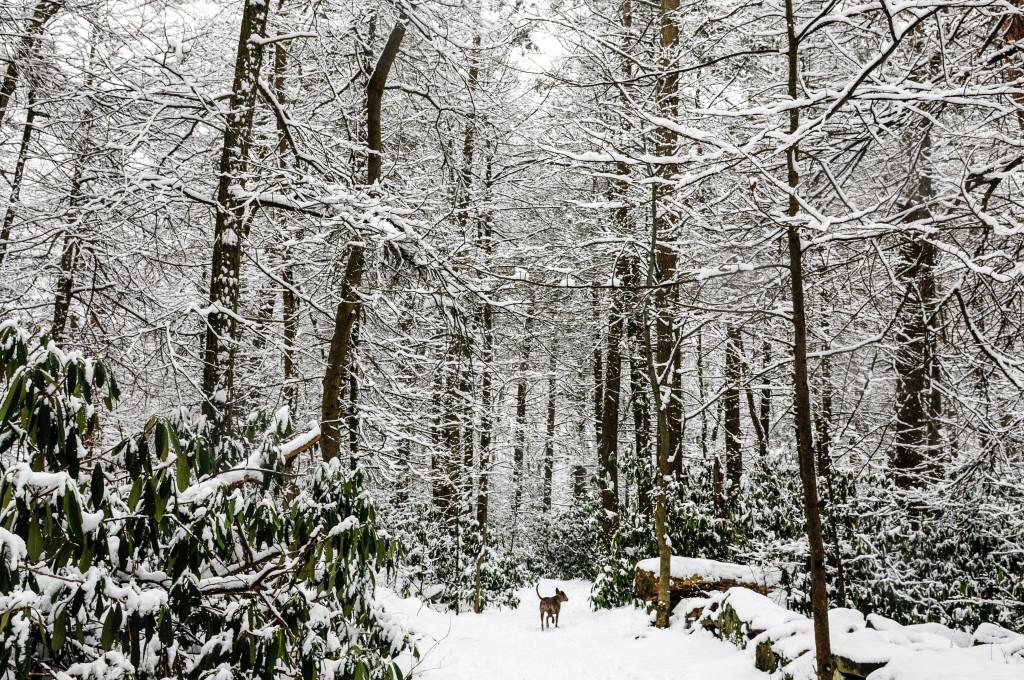A new year! Ugg/yay. I’m feeling so many feelings about the flipping the calendar from 2015 to 2016. Excitement about all to come while wanting to slow down time because I don’t want to miss a moment and there’s so much to do, but I’m sure many of you feel the same way. I’m assuming that this is a sign of old age? blah.
Going into the new year, Sarah and I have been thinking about this segment of the blog and want to make a few changes. In the past we’ve mainly focused the monthly welcome discussion on animal activity, celestial events, and crop harvests, but so much more happens in our months. This year we want to expand the conversation to highlight relevant nature and environmental topics in the news, a discussion of our intentions for the month, and finally cover other bits of inspiration and relevant dialogue.
In the News
We’re excitedly following along as news is coming in about the Great Elephant Census. This is the largest wildlife census ever completed as planes flew over 18 countries to collect data. Most of the field work is done, and now scientists are busy reviewing the data.
Oh man. We are strong proponents of birth control, but it’s disheartening to think about how the un-metabolized hormones from prescriptions are entering our waterways and causing environmental problems, like hermaphroditic fish.
This headline is a bit misleading, but it caught our attention. Usually the waters around Hawaii are filled with mating humpback whales in December and January, but they’re running a bit behind schedule this year. It’s believed that the El Nino weather has slowed the whale’s migration and that they are just slightly north of where we’d expect them to be for this time of year, but it’s nothing to be concerned about since their mating season lasts well into spring.
Small Steps
Get out the shovel. Put away the salt.
This month we’ve set ourselves a goal to be smart about snow removal. Enjoying the mild winters of North Carolina, this should be easy for Sarah. For me this is a bit more challenging.
We have a long driveway that slopes downward away from our house and (fortunately) is on a south-facing slope… except for the steep bottom section that is covered in shade. Being the dorks that we are, Calder and I have done some snow removal “experiments”. We’ve shoveled some sections of the drive after a storm and have left other sections covered in snow just to see how long it takes to melt. We’ve discovered that we always have to shovel out the steep shady section of the driveway, but if the snowfall is light, we can completely ignore the sunny section. If it’s a big snowfall, if we don’t remove the snow, but drive over it, the snow gets compacted and turns to ice that takes much longer to melt. Bottom line is : physically remove the snow ASAP so that it doesn’t cause any problems AND so that we don’t have to apply salt or sand to remedy any icy patches.
The only problem is that this strategy requires getting up and shoveling sections of our driveway before driving over it. If the bottom of our drive does get too icy, I’m concerned that we may have to eventually add something to improve traction. I’d like to avoid salt because it is an environmental toxin, especially when used in high concentrations. Salt on roadways can also attract animals, like deer. Since we have a family of deer that regularly visits our neighborhood, I would hate to attract them to the bottom of our driveway, risking an accident.
I could apply sand, which I think would be fine in small concentrations, but even sand can be a toxin when high amounts run off into waterways due to large-scale municipal applications. I recently learned about the use of volcanic minerals to provide traction on icy roads. Apparently these products are supposed to be non-toxic and safe alternatives to salt and sand.
So, my ultimate goal for this season is to shovel more and keep our driveway ice-free, but if need be, I’m intrigued and excited to try an alternative solution.
A Bit of Inspiration
I just finished reading Grandma Gatewood’s Walk. It’s a fantastic biography about Emma Gatewood; the first woman to hike the Appalachian Trail solo and in one season. She completed that feat in in 1955 when she was 67 years old! She went on to complete a second solo single-season hike of the trail in 1960 and then a third time in 1963 (in sections rather than straight through), making her the first person to hike the trail three times!
Sheepishly, I have to admit that I didn’t know much about Grandma Gatewood before this biography, but the book left me so inspired. Knowing the calm that I feel when I sneak off into the woods for a walk, I could relate to the peace that Emma found there too. It will be a few years off, but her story left me inspired to do a big hike. Of course a single-season AT hike would be amazing, but there are so many long-distance trails in the US that I’d love to do sections from a number of different trails across the country.

